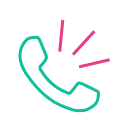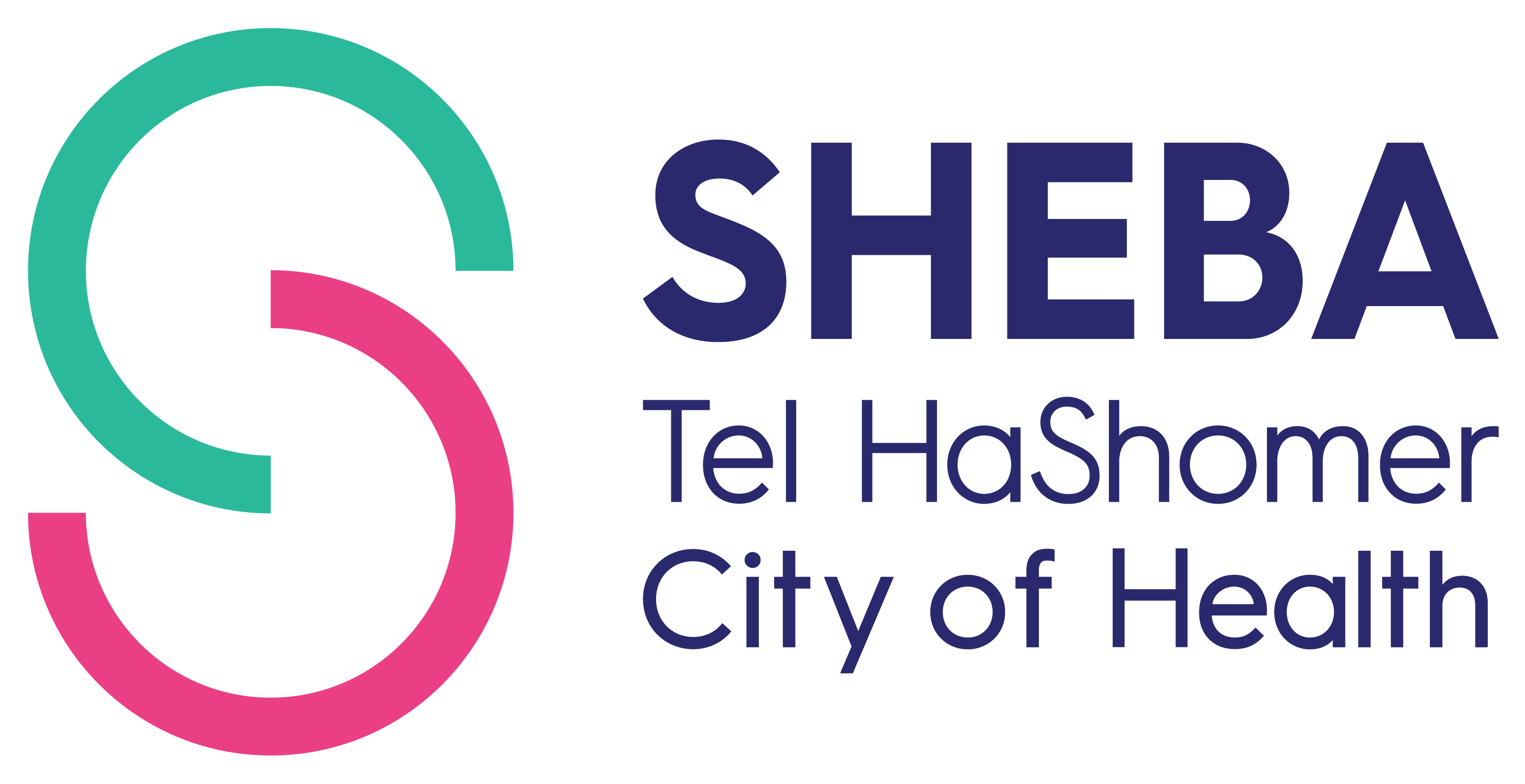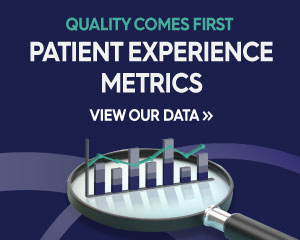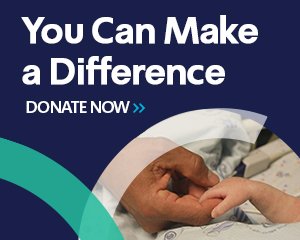The Multidisciplinary Program for the At-Risk Foot Care
Doctor in Charge: Dr. Chen Speter
Case Manager: Malek Khater
Contact:
Email: Chen.Speter@sheba.health.gov.il
Malek.Metani@sheba.health.gov.il
Various diseases can put a foot at risk, with diabetes being the most notable among them. Patients at risk also include smokers and those dealing with various blood disorders or vasculitis (inflammation of the blood vessels). The objective of the multidisciplinary programme designed for at-risk feet is to facilitate the healing of feet with ulcers or necrosis and to prevent amputations.
The decision to launch this unparalleled program in Israel stems from OECD data highlighting the country's notably high rate of leg amputations resulting from diabetes complications. The Sheba Medical Center aims to decrease leg amputation rates in Israel by implementing a comprehensive, multidisciplinary programme.
The working method in the at-risk foot program
Our approach involves bringing the medical team to the patient, in one place, on one day, enabling the patient to benefit from comprehensive multidisciplinary treatment.
What can patients expect: Upon arrival at the clinic - where Form 17 is not necessary - patients are greeted by an interdisciplinary medical team. This team performs a comprehensive series of tests to compile a current and precise report of the patient's health status.
The assessments comprise a Doppler test, duplex ultrasound, a vascular surgeon's evaluation, CT angiography of the legs, consultation with a rehabilitative orthopaedist, initial examinations, wound care, an appointment with a diabetologist, and a lipidologist's (fat specialist) analysis. Finally, the patient will meet with the clinic's case manager, who will create a customized six-month program for them, which can be started immediately. After a week, the patient is scheduled for a leg catheterization to enhance blood flow, and following this, they are discharged for ongoing monitoring at home.
Online Monitoring
Much of the patient's follow-up care will be conducted online. For instance, after the initial wound photograph is taken in the clinic, the patient will subsequently take their own photographs of the wound. The wound will be digitally recorded, with its area automatically calculated. This allows the attending physician to monitor the wound data in real time and track its healing progress. The home monitoring also includes:
● A weekly online check-in with the case manager, plus a face-to-face meeting every two weeks.
● Three online conversations with a diabetes specialist.
● Three conversations with a lipid specialist.
● Weekly wound scans.
● Consultations with a dietitian.
● Physiotherapy sessions after the wound has healed.
Three months on, once the wound has healed, we'll start focusing on maintenance and preservation to prevent further issues. Patients are given a pedometer to track their steps, which helps to reveal trends and changes in their condition. A physical therapist then uses this data to tailor a personal plan.
Soon, thanks to the automatic database, we'll be able to analyze data across all at-risk patients and individually, drawing real-time conclusions. This will help detect any changes in a patient's condition early and alert us before any wounds reoccur.
With time, the clinic plans to double its activity and introduce new services like day hospitalisation, a pressure chamber room, and intravenous drug treatments - all with the goal of providing comprehensive care for at-risk feet, eliminating waiting times, and saving limbs.









